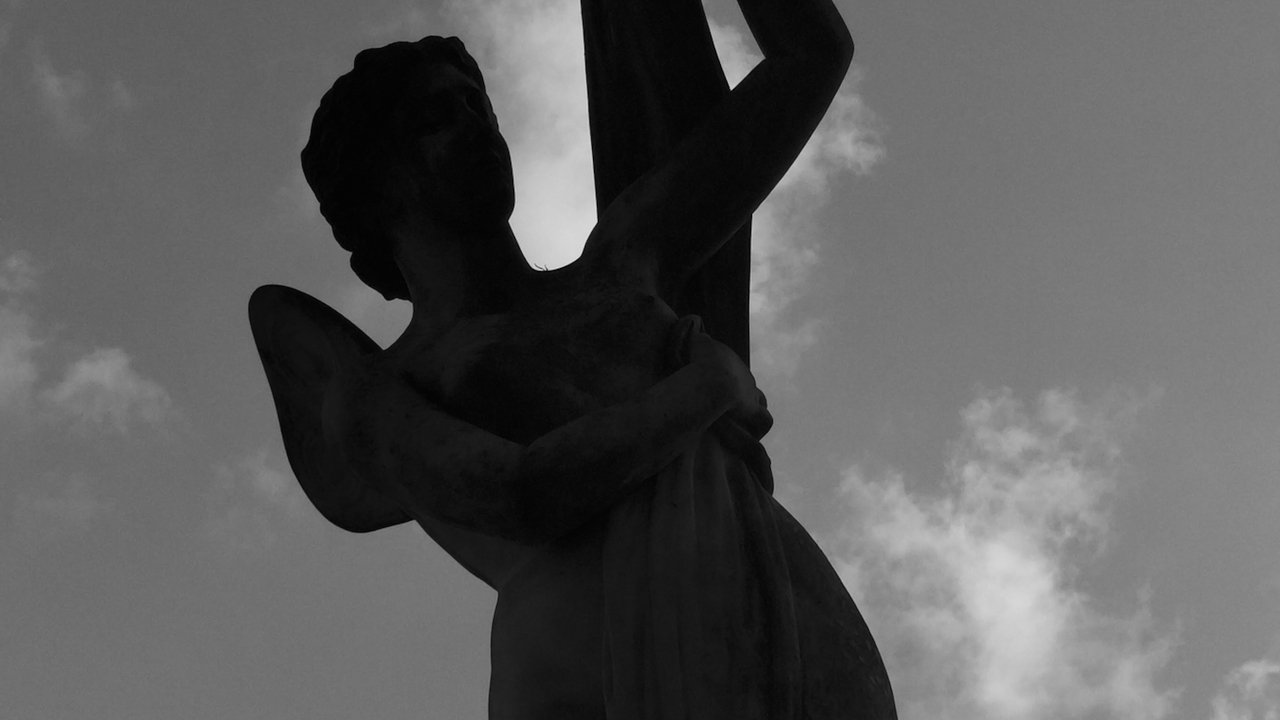Before War and Peace
More calm during the action; more action during the calm.
Trapani, Sicily 2017
One lazy criticism of War and Peace focuses on the novel’s length. Because the novel is tricky to attack—griping at Tolstoy does demand a swagger and a decent night’s sleep beforehand—most detractors waver at first, they restate the novel’s qualities, its luminous aspects, and only then do they come to the business at hand: a plea to slice one third of the story with an editor’s cleaver, salvaging what’s most meaningful.
All the buildup, superfluous conversations, mood setting, background, the excursions into language and class and religion—none of it’s supposedly necessary for the story’s core. Debunking all that’s wrong with this notion might require a text the length of War and Peace, but, for now, I can highlight two crucial blunders.
What this criticism first ignores is how much the “meaningful” parts of War and Peace result from what comes earlier. The climaxes are visible as climaxes because they are the tangible consequences of a long but precise slog. You need to load the gun before you pull the trigger.
The second mistake is to miss the value that contrast plays in storytelling. Most people recognize this best in Shakespeare—where murder is adjacent to laughter, where upheavals are adjacent to order. Each contrast raises the intensity.
(Tolstoy’s feeling of “repulsion, weariness, and bewilderment” toward Shakespeare’s writing and acclaim is one discrepancy we’ll just have to live with while I compare them.)
A story can’t be all action, and that’s a principle that most people acknowledge within their own life. It’s a common experience to notice that some periods of life feel overloaded by events, with emotions, by activity, while other periods take on a more unhurried, deliberate pace. Life oscillates between those two extremes. Everyone recognizes the feeling of days that seem to drag for weeks, and the burden of having a month crammed into a week.
What’s easy to miss, however, is how one extreme provides the impetus for the next extreme, much like how a hearty meal the night before a long journey provides your fuel. You can’t only gorge on food, and you can’t only take long journeys, without realizing that one necessitates the other. This principle from life matches what’s needed for a good story.
What appears to trouble people the most in both life and storytelling is the desire to switch places: when there’s action they want calm; when it’s calm, they want action. We can be assured that a War and Peace without its careful escalation would find critics demanding more exposition.
Looking away from literature and toward the wider world, a few dates have come to represent larger periods over the last few generations; they symbolize extreme moments, crucial junctures, explosive periods, they’ve come to define particular ages and sensibilities, in a way that’s both helpful and reductionist. To select just a few from the last century: 1989, 1968, 1939, 1917.
But a more useful frame than those individual dates is to recognize that change comes gradually and then suddenly. Not one of those dates is comprehensible in isolation—without any consideration of the chain leading to the symbolic year. The mistake in both literature and life is to dismiss what occurs before the catalytic moments. Some periods in life are about preparation. Some sections of a novel provide subtext, mood, setting, background. Some political eras appear to lack the usual turmoil. But, in each case, the flame has already ignited, and the simmer has already begun. If the water is one degree below a boil, that doesn’t mean it’s cold.




